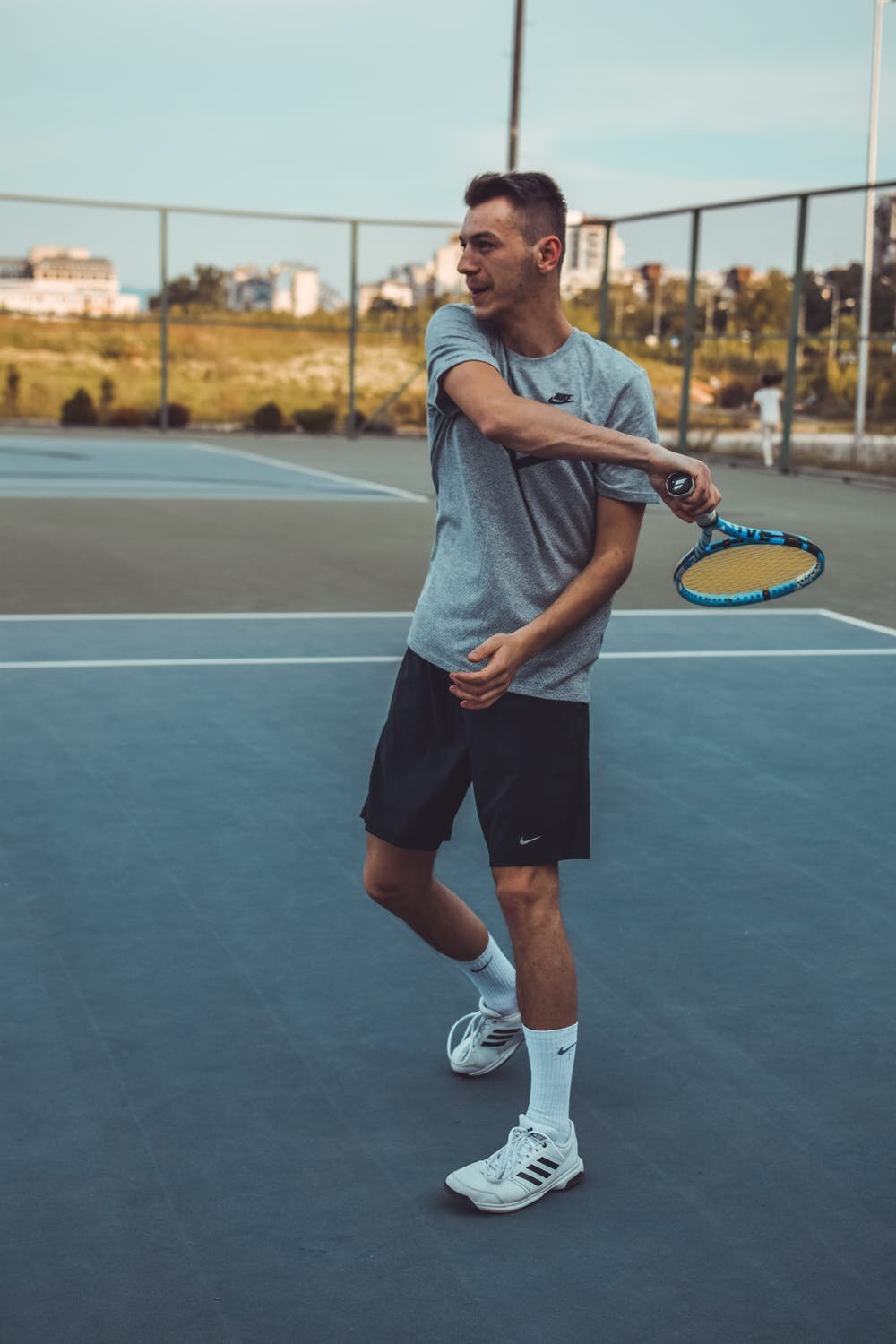
Sports Therapy & Rehabilitation
Goals of Sports Therapy & Rehab
RELIEF
Treatment after an injury focuses on reducing symptoms and healing times as quickly as possible. Which exercise or hands-on therapy is most helpful depends on the injury type, severity, and stage of healing:
Inflammation: the initial stage of healing following a new injury. Here symptoms are high and the emphasis is on reducing pain and swelling through hands-on muscle and joint therapies, and protecting the injured tissue through posture and movement modifications as well as education on load management and home care.
Proliferation: this is the first of our tissue rebuilding stages of healing. Here our body is laying down new tissue as our symptoms are starting to resolve. It is our job near the end of this stage to move and mobilize the new tissue to avoid scar tissue build up.
Remodeling: in the final stage of healing, our body is re-strengthening the “immature” tissues laid down in the last stage. Symptoms may be gone or mild, and it important to start the rehabilitation stage of treatment to return tissue function back to normal. Many sports injuries that become chronic or reoccurring do so because they have not successfully completed this stage of healing after the initial injury, leading to ongoing issues due to remaining weaknesses.
REHABILITATION
Many soft tissue injuries often need rehabilitative exercise to fully heal. Often times rest alone is not enough as the tissues need stimulation to return to their previous strength and resiliency. Rehabilitation is done through graded strength training once the remodeling stage of healing begins. In this phase symptoms are often getting more mild and reducing, so it’s important to use objective testing to help gauge healing and recovery in addition to remaining symptoms (for ex. strength, mobility, muscle control testing).
PERFORMANCE
Following healing, some individuals benefits from athletic performance exercises. These are sport-specific and focus on biomechanical needs of the individual. The goal is to reduce re-injury risk and improve sport related performance. For ex. plyometric calf and hip flexor strengthening for distance runners who test weak in these areas.
Some athletes also use hands-on muscle and joint therapies to manage tissue tension and stiffness from high training loads to reduce the risk of injury and improve training and sport performance.
Benefits of Sports Therapy & Rehab
Reduced time for return to function & sport after injury
Reduced pain & time for symptom resolution
Improved tissue healing times
Reduced risk of re-injury and chronic injury transition
Improved sport performance
Sports Injury Treatments
-
Myofascial release
Instrument-assisted soft tissue therapy
Cupping therapy
-
Mulligan and Maitland joint mobilizations
Joint manipulation - spine and extremities
Traction manipulation
-
Mobility exercises
Strength training & programming
Motor control assessment and exercise
Posture awareness and modification exercises
-
Running gait analysis and modification
Weightlifting technique analysis and modification
Sport-specific assessment and injury prevention exercises
Conditions Treated
-
Tendinitis
Tendinosis
Tennis elbow
Golfers elbow
Achilles tendinitis
Rotator cuff tendon irritation or impingement
Trochanteric/hip “bursitis”
De Quervains tenosynovitis
Gluteal tendinitis
Biceps tendinitis
-
AC sprain
Rotator cuff syndrome/strain
Shoulder impingement
Elbow sprains (UCL)
Wrist sprains
Low back, neck, and mid back sprains/strains
Ankle sprain
Knee sprains (MCL, LCL)
Groin strains, hamstring, quad strains
Hip flexor strain
-
Runners / jumpers knee
Anterior and posterior shin splints
Turf toe
Bursitis
Plantar fasciitis / fasciosis
Nerve entrapments
